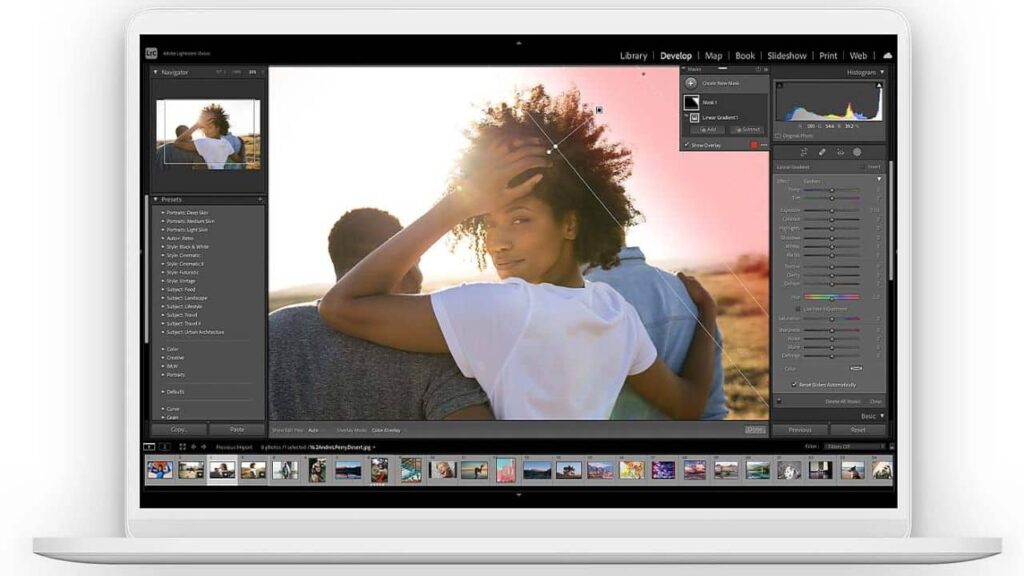


The old iMac had one of those 1TB fusion disks, with a fast, but small SSD to improve startup times and hosting frequently needed elements. But perhaps just as helpful in overall speed is the 1TB solid-state disk. The 2018 15in laptop sitting in front of me has a fastish six-core i9 processor and 32GB of memory. In practice, this screen will long outlive the computer half of the deal. It’s desktop but doesn’t have the flexibility of separation of screen and computer. The stealthy iMac Pro can give you all the speed and computing power you need but at a starting price of £4,900. Perhaps I was over-egging the pudding as I do, but I did decide to upgrade to my current MacBook Pro because I felt I needed a bit more speed. Yet it does have a sizeable chunk of memory and the processor isn’t all that ancient. I was taken to task last week by one reader for saying that my old, discarded 2015 iMac was “too slow”. How much difference can you expect in processing times if you upgrade within these relatively modest min/max goalposts?

But return to earth and start talking sensible numbers and we are looking at, say, somewhere between 8GB and 32GB. Do you need this to process your holiday snaps? No, definitely not. Will it just sit on your desk most of the time - as my 15in MBP has done?Īpple’s Mac Pro has the capability to address a massive 1.5TB memory - or, more precisely, random access memory, RAM. But if you are using it as a main computer, you have to ask how often you will carry it around. The new 16in MacBook Pro is another powerhouse that will do you proud.


 0 kommentar(er)
0 kommentar(er)
